A new cell phone procedure is on the horizon for the 23-24 school year and it could be a great change of pace for learning in the classroom
June 7, 2023
When you walk into a classroom at Loy Norrix High School, no matter the teacher’s personal procedure, there’s phones out everywhere, at all times of the school day. Whether teachers are willing to let kids be on their phones, or would rather them be put away, teachers have to constantly request their students’ attention and struggle to keep their focus towards the lesson.
The uprising of Maple Street Magnet School’s Cell Phone Procedure has caused a ripple effect and has influenced other KPS schools to look into having a stricter in-class procedure against cell phones.
“I walked through about 8 classrooms [at Maple] a few months ago and saw zero distractions from learning. I think they’ve had that success because of how consistent they’ve been, and we want to copy what they have during class hours,” said Norrix Principal Christopher Augianaga.
Augianaga also said, “We don’t want to make it a full prohibition where students can’t use their cell phones during passing time and lunch times which they can’t do at Maple Street.”
A recent poll of Norrix teachers shows that more than 90% of teachers are on board for stricter rules against phones, while the other 10% would prefer to make their own rules about phone usage.
The teaching staff believe that clamping down on phone usage could mightily improve student attention span and improve student grades as a whole.
“The biggest pros to me would be increased student learning, increased student achievement and just a healthier environment in the classroom,” said an adamant supporter of the new policy, social studies teacher Matthew Porco.
Porco then went in depth on how phones have really taken the school by storm, when we came back from distance learning.
“I think before COVID-19 and the 2019-2020 school year, we had a pretty good handle on phones. A lot of us were using pouch systems where they [students] understood they had to put them in there, and if they didn’t put them in, there would be consequences.” said Porco, “But then we had 4 trimesters where kids could be on their phone whenever they wanted.”
This increase in phone usage has really kicked the development of this procedure into gear and the teaching staff and Principal Auginaga are eager to see how it turns out.
“I think the procedure is a reflection of the desire of the teaching staff here in the building because phones in general create a competition for student attention between cell phones and teachers. We need to ensure that teachers have all the attention at all times,” Auginaga said.
Norrix staff don’t want to be as controlling as the environment at Maple. The procedure for next year will allow students access to their phones in case of emergency, and students will be able to use their phones at lunch and during passing periods.
The student body of Loy Norrix opinions about the procedure tend to lean against it, but surprisingly has a lot of varied opinions.
Sophomore Eleanor Cook said “I genuinely think that the new policy isn’t going to make as much of a difference as students think, but for some students I get that it’s really inconvenient, especially with not being able to listen to music.”
Flora Harper thinks that it’s a great idea and that it’s reassuring that Norrix is trying to improve things
Harper said, “It will be an adjustment for the policies to be enforced, but I think that things will settle into a better balance eventually.”
While those two sophomores were for the policy, junior Sam Bistrick is completely against it.
“I’m against the policy [procedure] because I think the phones are definitely a distraction, but they blew it way out of proportion, and that It will cause even more problems with the students”
Students who have their phone out in class will be sent to the behavior room to turn in their phone, and consequences will progressively escalate for repeat offenders.
Students who refuse to turn in their phone will be suspended for insubordination.
Teachers are very eager to get this procedure underway and are curious how it will impact student academic achievement in the 2023-2024 school year.


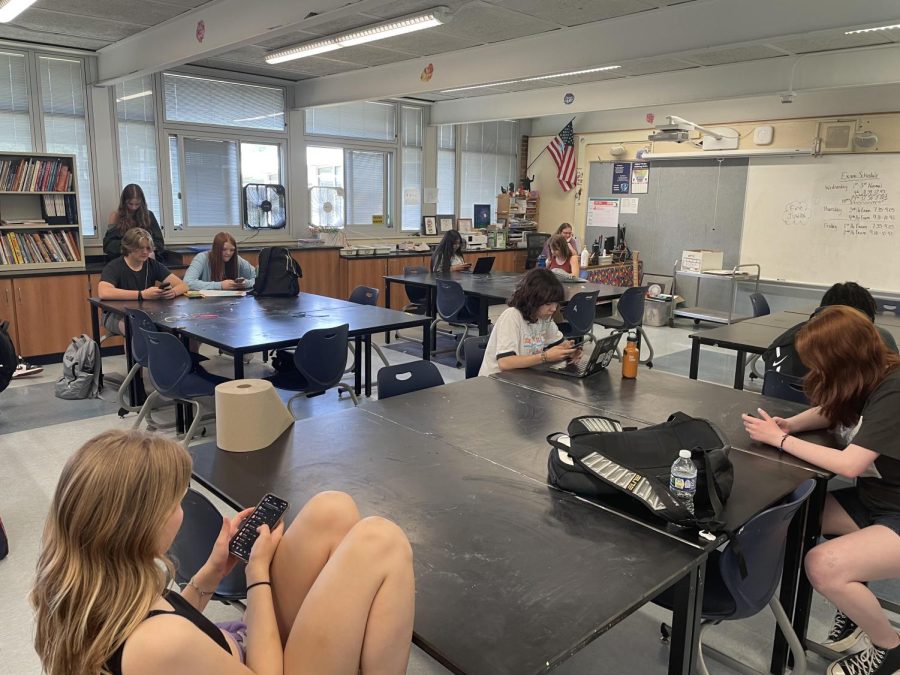
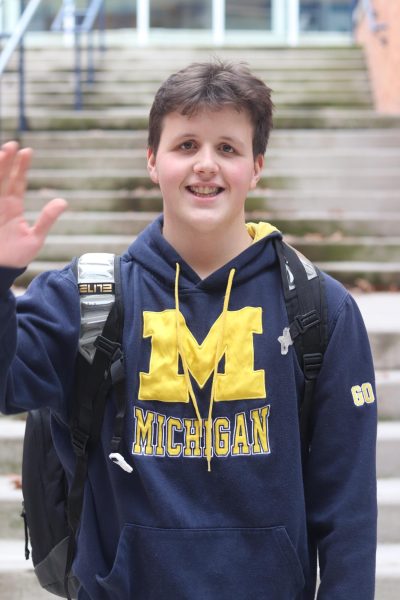
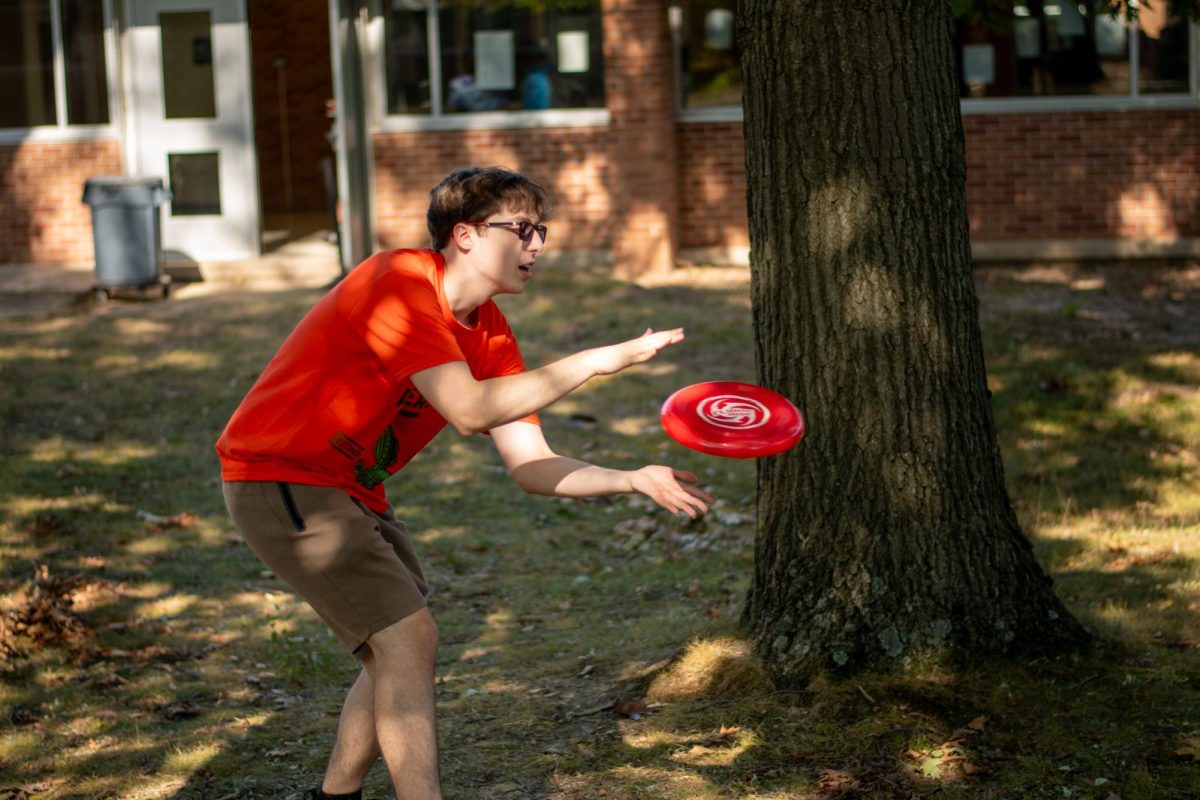




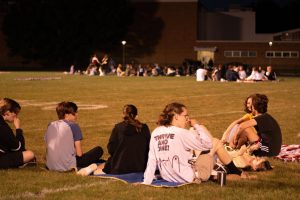
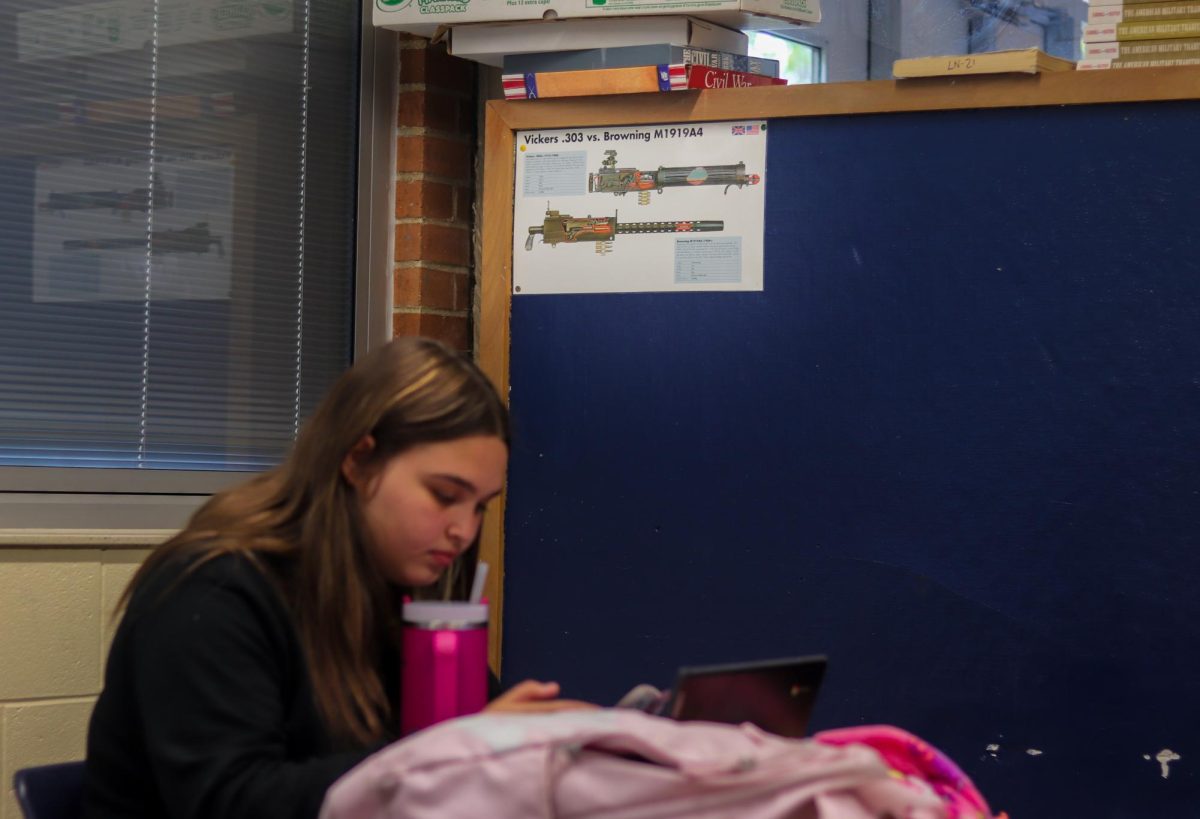
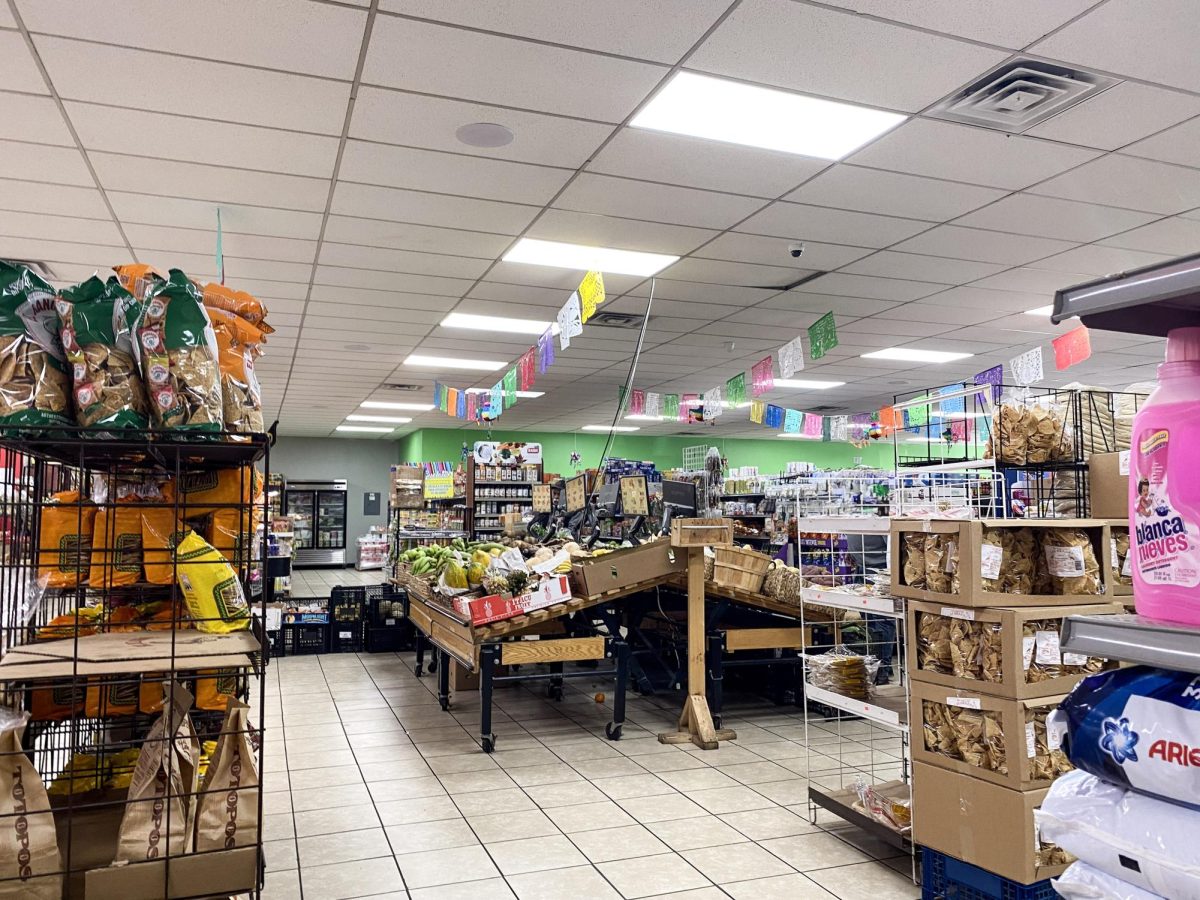

damari • Oct 16, 2023 at 1:16 pm
good article
Kimberly • Oct 13, 2023 at 1:58 pm
Its a good articale
Farah • Oct 13, 2023 at 8:20 am
What I liked about his article was that it had the students opinion, also everything is true about the cell phone usage
Quis • Oct 10, 2023 at 8:22 am
this is a good story
teagan mccormick • Oct 9, 2023 at 2:14 pm
What I liked about his article was it was to true about the phone
Colby Cuppernull • Jun 8, 2023 at 10:52 am
This is very well-written, Alex. You should be proud of this piece. Excellent work! It will definitely be an adjustment for everyone; but once that initial shock has passed, I think students will find that they enjoy their classes when there are more people engaged.
Isabella Figueroa • Jun 8, 2023 at 9:03 am
This is so awesome i didnt know this info
Kaitlyn • Jun 7, 2023 at 12:27 pm
Loveee this story
Riley Ketchum • Jun 7, 2023 at 12:20 pm
This story was so great and inspirational!!